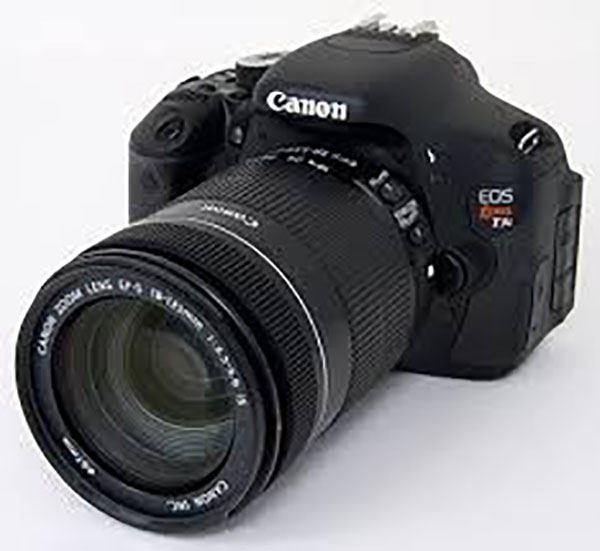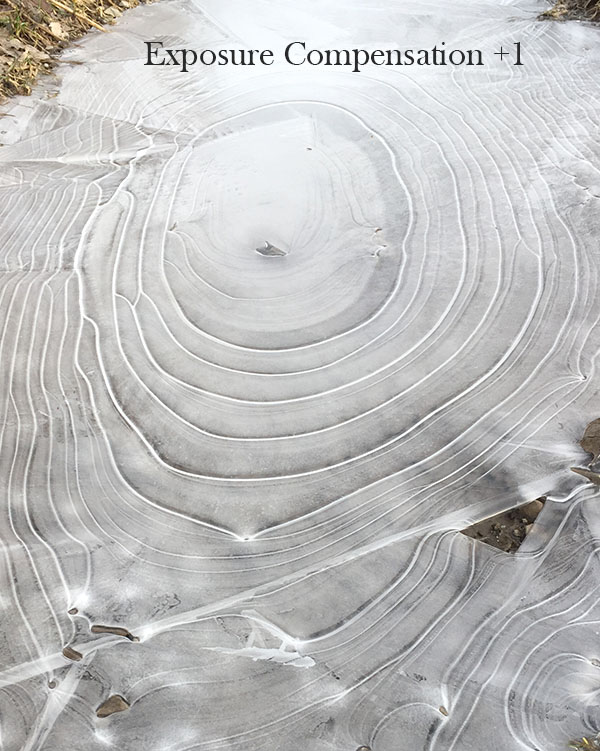- By Monroe Payne, Monroe Payne Photography
- Around Town
 Print
Print  So you got a new camera. Now what? One of the most popular gifts this past holiday season were new digital cameras. Some little point and shoots, some massive "professional" cameras, and everything in between. I have a great time with cameras of all types, but like Jack Benny said, "It ain't the violin, it's the violinist." A lousy violin player will be just as lousy on a Stradivarius – and an expert can make the $69.95 purple violin from China sing.
So you got a new camera. Now what? One of the most popular gifts this past holiday season were new digital cameras. Some little point and shoots, some massive "professional" cameras, and everything in between. I have a great time with cameras of all types, but like Jack Benny said, "It ain't the violin, it's the violinist." A lousy violin player will be just as lousy on a Stradivarius – and an expert can make the $69.95 purple violin from China sing.It's the same thing with a camera. Cameras don't take pictures, people do. People drive them.
My goal today is to help you become a better camera driver. You will thank me when, after this summer's vacation, you come back with some absolutely brilliant images – ones you might have missed before.
Unless you are well schooled in photography, start out with your camera in its "Automatic" mode. Let's learn how to steer before we mess with the transmission.

First, focus. Most cameras today can focus before you actually press the button all the way. Not only that, they can be told to "beep" when your subject is perfectly focused.
Press the button part way. Beep.
Even in automatic mode, the autofocus function still needs you to hold the camera steady or your image will be blurry. A little patience pays off. Aim at your subject, take a deep breath and let it out slowly. When your breath is most of the way out, squeeze the shutter (push the button all the way).
Here is the hard part.
Don't move the camera until you are done exhaling.
Just doing this will make your photos better than 90% of the rest of the world.

Next, exposure. Skin, most of nature and most scenes in general have approximately the same relative brightness. We call it 18% Gray. Your automatic camera will try to make the overall brightness of the image that mythical 18% Gray, but Nature doesn't always cooperate. This season of bright white snow is an example. The image your automatic camera will give you will look gray and muddy. Yuk.
Don't blame the camera, it's doing its job perfectly – making the entire image's average brightness, well, gray. Most cameras have a function that allows you to skew the exposure. Read your owner's manual, and find the way to adjust it. You will see a scale that goes from -2 to +2. For snow, use +2. For deep twilight, use -2. Different cameras call it different things, but it is "Exposure Compensation". Play with it.

It's OK, the more you play with it now, the easier it will be on this summer's mountain top in Montana.
Last, for today, is composition. I have a few "never, ever's".
Never put the horizon or the shoreline at the middle of your frame. Put it at the upper third or lower third. Trust me. It's called "The Rule of Thirds" for a reason. It makes your photos more interesting.

Second "never ever" is putting your subject exactly in the middle of the frame. The eye of the viewer glances at it and says "I got it. Next…" Putting the subject a third to the right or left causes your eye to wander through the image, exploring the background, searching for the story or the scene.
Your goal is to have those who see your images, linger on them and explore them – and maybe share them because they are that good!
The last "never ever" is to never, ever, stop playing with the camera. That's the way you get good, then you get great! Keep playing, learning and experimenting with your camera.
There is so much more I want to tell you, but this is a start. Play with your new (or old) camera. See what works and what doesn't.
And stay tuned – I'll be offering a "Composition 101" class later this Spring. It's really "photography for real people" - taught in plain English, not techno-speak. And it's fun too. I promise.
And it will be within reach.
'Within Reach' highlights the food, wine and fun of places 'within Reach' of Lansing NY. Of course, your reach extends exactly as far as you want it to. I am Monroe Payne, Uncle Monte to some. Come with me as I visit, taste and play in our own back yard, the beautiful Finger Lakes of Central New York.
v13i12
3024



